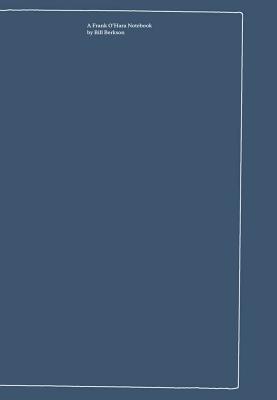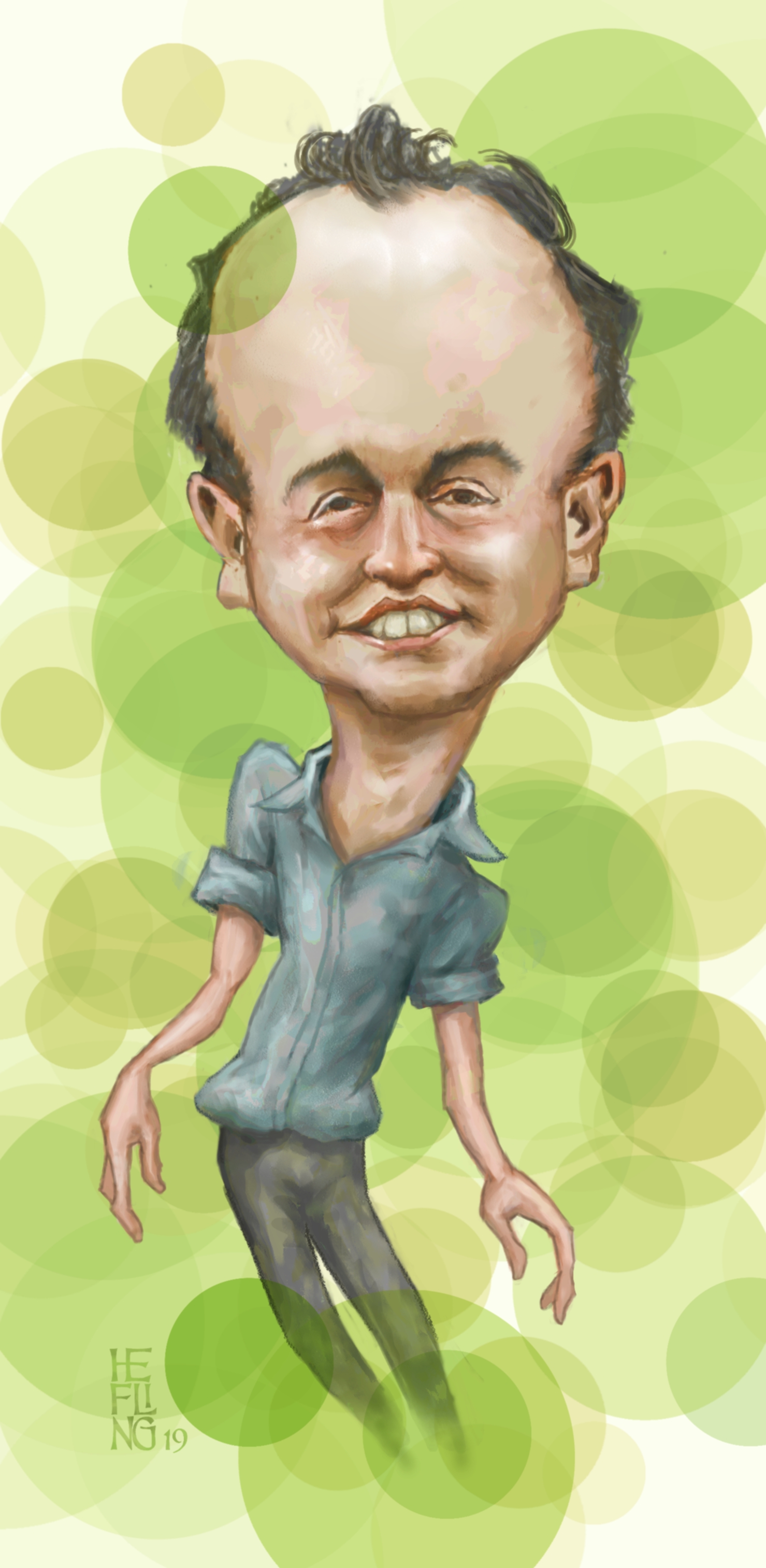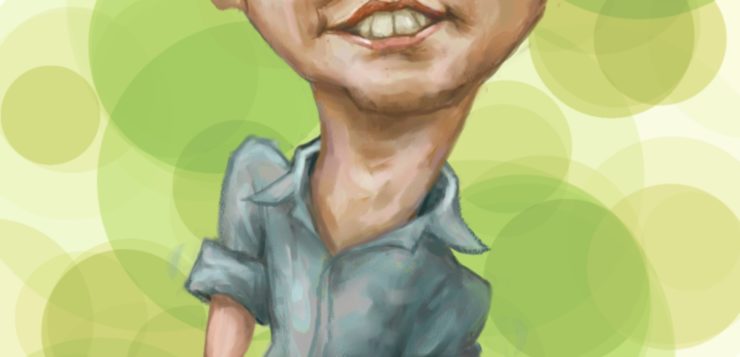 A Frank O’Hara Notebook
A Frank O’Hara Notebook
by Bill Berkson
no place press. 277 pages, $45.
ONE DAY in the mid-1960s, the high-profile New York poets John Ashbery and Frank O’Hara found themselves at the Grolier Poetry Book Shop in Harvard Square. The “Grolier,” devoted exclusively to the sale of poetry, had been the two gay men’s frequent hangout since they’d met as undergraduates at Harvard two decades earlier. With them that day was their young sidekick, Bill Berkson, who was on his way to establishing himself in the world of art and poetry. As the three men browsed the bookshelves and tables, in walked W. H. Auden, the wizened éminence grise of English poetry. Oblivious to the presence of these cutting-edge young bucks, Auden examined what the shop had to offer and then left. Recounting the event years later, Berkson remembered that Ashbery turned to O’Hara and quipped: “Wouldn’t you think he’d know?!”
Berkson, who at the time of the Auden sighting was in his twenties, went on to have a distinguished career as a poet, art critic, and teacher. He and O’Hara remained friends, colleagues, and sometime collaborators. For years, he kept a scrapbook about Frank O’Hara, archiving memories, quotations, reproductions of visual art, and other material related to his mentor. The Grolier incident—a 28-word memo scribbled on one page of that notebook—is one such entry.
From time to time, Berkson referred to his notebook in order to find material for essays and talks about O’Hara. He considered writing a big book about the poet, but ultimately decided against doing so. Now no place press—“committed to publishing intrepid titles in art and culture,” says its website—has brought out a facsimile edition of Berkson’s notebook. While the “powerful radiance of friendship infused with love prevented [Berkson] from taking on the standard role of biographer,” according to Ron Padgett in the book’s introduction, his published Notebook gives us a chance to assess O’Hara’s work and career from the perspective of someone who was part of the O’Hara entourage.
Frank O’Hara was born in Baltimore in 1926. In his early twenties, fresh out of Harvard, where he earned a bachelor’s degree in English literature, he began hanging out in  literary and artists’ bars in New York. He wrote poems everywhere, dashing them off “at odd moments,” John Ashbery once wrote, “in his office at the Museum of Modern Art, in the street at lunchtime or even in a room full of people.” Freedom of expression, the vernacular of the New York streets, spontaneity, autobiography, and experimentation were the vehicles he used to write a poetry of “what is happening to me.” His poems often took the form of “a bag into which anything is dumped and ends up belonging there.” Drifting across O’Hara’s poetry was the life of New York in all its exuberant sights and smells: “a scent of garbage, patchouli and carbon monoxide.”
literary and artists’ bars in New York. He wrote poems everywhere, dashing them off “at odd moments,” John Ashbery once wrote, “in his office at the Museum of Modern Art, in the street at lunchtime or even in a room full of people.” Freedom of expression, the vernacular of the New York streets, spontaneity, autobiography, and experimentation were the vehicles he used to write a poetry of “what is happening to me.” His poems often took the form of “a bag into which anything is dumped and ends up belonging there.” Drifting across O’Hara’s poetry was the life of New York in all its exuberant sights and smells: “a scent of garbage, patchouli and carbon monoxide.”
By 1960, when he was 34, O’Hara had already emerged as one of the most important postwar poets. Donald Allen’s definitive anthology New American Poetry (1960) gave 31 pages to O’Hara, more than to any other poet but one. Six years later, the poet was dead, killed in a freak accident on Fire Island. His death put an end to a brilliant career that also encompassed art criticism and curatorial work at the Museum of Modern Art. In 1972, the posthumously published Collected Poems won the National Book Award for Poetry.
In an essay written shortly after O’Hara’s death, Berkson wrote: “Attention was Frank’s gift and requirement. You might say it was his message. For his friends, it meant a grand permission to be direct and pertinent. … The effect of his presence, like that of his work, was to shake us loose from obliviousness and affectation, to prod thought (sans hesitation) into gesture, to challenge all tragical conventions.”
Berkson, who was thirteen years younger than his friend, started reading O’Hara when he was a freshman at Brown. Attracted to O’Hara’s “incredible acumen,” he found every poem “very suggestive, inspiring.” The poems offered “a clear expression of New York circuitry and speed.” He left Brown in 1959 without a degree and decamped to New York, where he intended to transfer to Columbia, though secretly he wanted “to experience firsthand the steam-heated life of poetry and some other, seemingly connected fantasies of an accelerated life.” He immersed himself in the hip sophistication of the New York art and poetry scene, attracted to “a life and an art zooming full tilt,” as he wrote in his memoir Since When. Later that year, at a party—the guest list included just about everyone in the New York art world—he finally met O’Hara. As the friendship grew, O’Hara introduced Berkson—whose upper-middle-class upbringing had “bred extraordinary dimness and repression,” by Berkson’s own admission—to French and Russian music, 1930s movies, and the ballet.
O’Hara encouraged Berkson to keep writing poetry: “Poetry is the highest art,” he told him, “everything else, however gratifying … moving and grand, is less demanding, more indulgent, more casual, more gratuitous, more instantly apprehensible.” Berkson quit Columbia and took a position as an office worker at ARTnews. In 1961, when he was 22, he published his first book of poems. Along with Kenneth Koch, O’Hara “was Bill’s most important literary influence,” according to Berkson’s widow Constance M. Lewallen.
O’Hara called Berkson “Golden Bill” and “the little darling.” “I got dizzy in his regard and affection,” Berkson remembered years later. It was, he wrote, a “flame-thrower affection.” It seems that he even served as a kind of muse to O’Hara, who wrote almost a dozen poems that mention Berkson in the title or were dedicated to him.
John Ashbery once asked them about the nature of their relationship. “I am a woman in love!” O’Hara replied in a Garbo-esque accent. Berkson, who was straight, remembered O’Hara as “glamorous.” “He’s in the Nijinsky-Picasso-Marilyn-Monroe line of photogenic genius,” he wrote in an essay, “What Frank O’Hara Was Like,” which is included in an appendix to A Frank O’Hara Notebook. Others in the New York School also took note of the special bond between them. The artist Alex Katz once painted a diptych, Marine and Sailor, in which O’Hara, as the marine, is cruising sailor Berkson.
At 45 dollars, this book is perhaps a bit of a luxury. But for those who love O’Hara’s work, it should probably be an essential volume in their library. It gives us, as Ron Padgett notes in his introduction, “the rare privilege of seeing [a writer]at work.” Those who want a deeper dip into the two poets’ connection should also pick up Berkson’s memoir Since When, published last year by Coffee House Press. A note found among his papers after he died said that he intended the notebook to follow the publication of his memoir. That wish has now been fulfilled.
Philip Gambone is a frequent contributor to this magazine.






